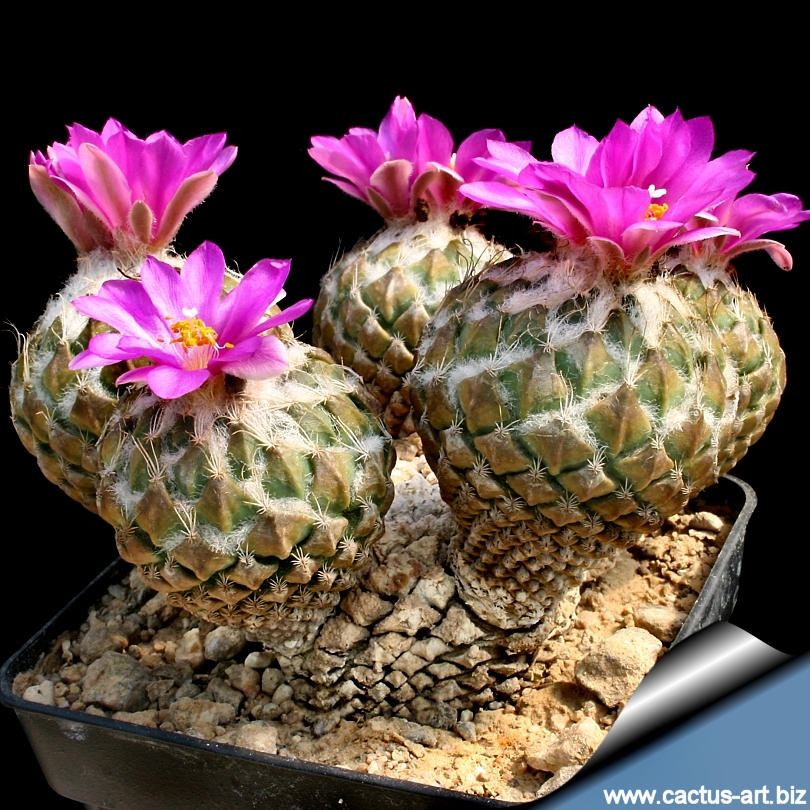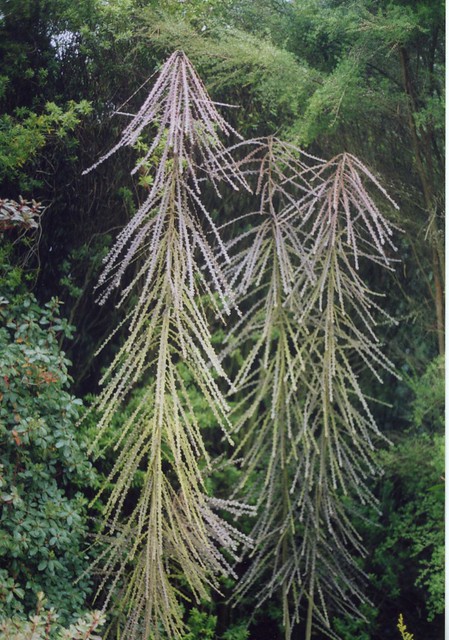When I think of pine cones, I think of gymnosperms. The term means "naked seed", due to the lack of fruit produced by all gymnosperms. There are some angiosperms out there, though, which seem to resemble pine cones. Is it out of random happenstance or some parallel evolution? Probably both.
Leuzea conifera
This Leuzea conifera is in the daisy family, which makes a lot of sense since the flower somewhat resembles a thistle's. I first heard of this one while reading a post on my boss's blog. Sadly, I never did find one sitting out for sale, but I definitely would have bought one! I know it's hardy in Zone 5 and can take a good lot of drought and neglect. It also propagates fairly easily, always a plus. Look at this article if you wanna know just a tid bit more.
Zingiber zerumbet
Zingiber spectabile
Zingiber is a really weird sounding genus isn't it. Really exotic and unique. Looking at the examples above, their flowers seem out of this world. What could they be? Ginger. Neither of these gingers produces the rhizome that you buy in the store, but they're related and are also culinary to an extent. They do love warm temperatures though so if you're looking to grow a Zingiber outside, having a zone rating of at least 8 is helpful, although most of them like zone 11 more.
Guzmania conifera
A bromeliad from Peru and Ecuador, Guzmania conifera seems to make for a really decent houseplant. It enjoys (bright) indirect light and humidity. I could see myself growing it here in Oregon... except for the fact that it's a bit expensive!
Boschniakia hookeri
B.hookeri is in the broomrape family and as such, it's a parasite. It feeds off of the nutrients in the roots of the Salal bush using haustoria which penetrate and grow into the roots but not into the root cells themselves. Pale colored flowers grow from in between each overlapping bract. I've always thought parasitic plants were super cool. Indian Paintbrush and Indian Pipe are two of my favorite. Sure, they look awesome, but the challenge of growing them also offers its own allurement.
Encephalocarpus strobiliformis
E. strobiliformis is supposed to be hardy up to Zone 9a and enjoy full sun to part shade. It also has a few synonyms, indicating that it's one of those plants that always has the same species name but an ever-changing genus. Does it belong to Pelecyphora? Ariocarpus? Or just Encephalocarpus? The world may never know. The only thing that remains clear is that... it looks like a pine cone.
Annona squamosa
Ginger isn't the only edible plant on this list. Annona squamosa or the Sugar Apple is a small tree/bush forms these weird fruits in the same way a raspberry does. I've never tasted them or seen them, so one would be better off to consult a certain internet encyclopedia that describes it. The Sugar Apple is only hardy in Zones 10 and 11, which always bums me out. The coolest things always seem to like zones I don't care to live in!
Euphorbia bupleurifolia
Anyone who owns a Euphorbia bupleurifolia should count themselves lucky. Sure, it may not be completely ridiculously rare in cultivation, but it is threatened in its natural habitat. It's always a shame to find out that some of the coolest and oddest looking plants are endangered because people couldn't wait to propagate them and just plucked them from the wild. Here's a link to someone who owns one.
I think I'll start trying to keep these posts short 'n' sweet. Typing up a longer one always drains the enthusiasm I felt while finding all the images! Live and learn.


























.jpg)



